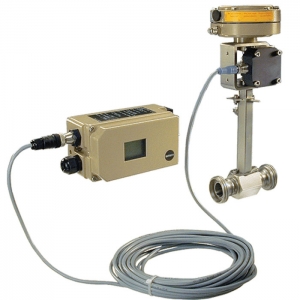Positioner
A positioner is an instrument that is installed in connection with the control valve to adjust it. In fact, it is a mechanism and on the other hand, it is a relay that amplifies the command issued by the controller and transmits it to the actuator.
The control valve must be able to respond quickly and smoothly to changes in the control signal. In many cases, a valve of appropriate size and an actuator of appropriate size are sufficient, without the need to use a valve positioner.
But there are certain situations where the valve positioner should be considered.
Positioner components
In general, the components used in the positioner are:
– Bellows or spool valve, which receives the signal issued by the controller.
– Connecting rod or balancing rod, which compares the received signal with the changed position of the valve stem.
– Power valve (pilot valve), which is also known as relay or booster and strengthens the command issued by the controller.
– Cam, which specifies the relationship between the position of the ball (plug) of the control valve and the command issued by the controller.
- Display 15 Products per page
Positioner applications
– High pressure and high viscosity of the controlled fluid
– The presence of friction in the control valve mechanism due to the sealing of the valve
– If the distance between the controller and the control valve is greater than 150 feet
– Speeding up the operation of control valves and eliminating time delay
When the valve positioner is not used, the controller output is connected directly to the actuator. Any change in the output pressure of the controller must affect the diaphragm surface area.
If the volume of the actuator is large, it may take some time to react. If a positioner is used, the output of the controller goes to a bellows through the positioner. Therefore, the application of positioner guarantees to quickly respond to changes in the control signal.
To use the valve positioner correctly, the following conditions should be considered:
1- Corrosive fluids, fluids that tend to close the valve.
2- Turbulent forces due to the large size of the valves, high pressure drops or a combination of them.
3- High pressure requires unusual packing without rod leakage.
4- A long transmission line between the controller and the control valve, which can indicate a time lag.

